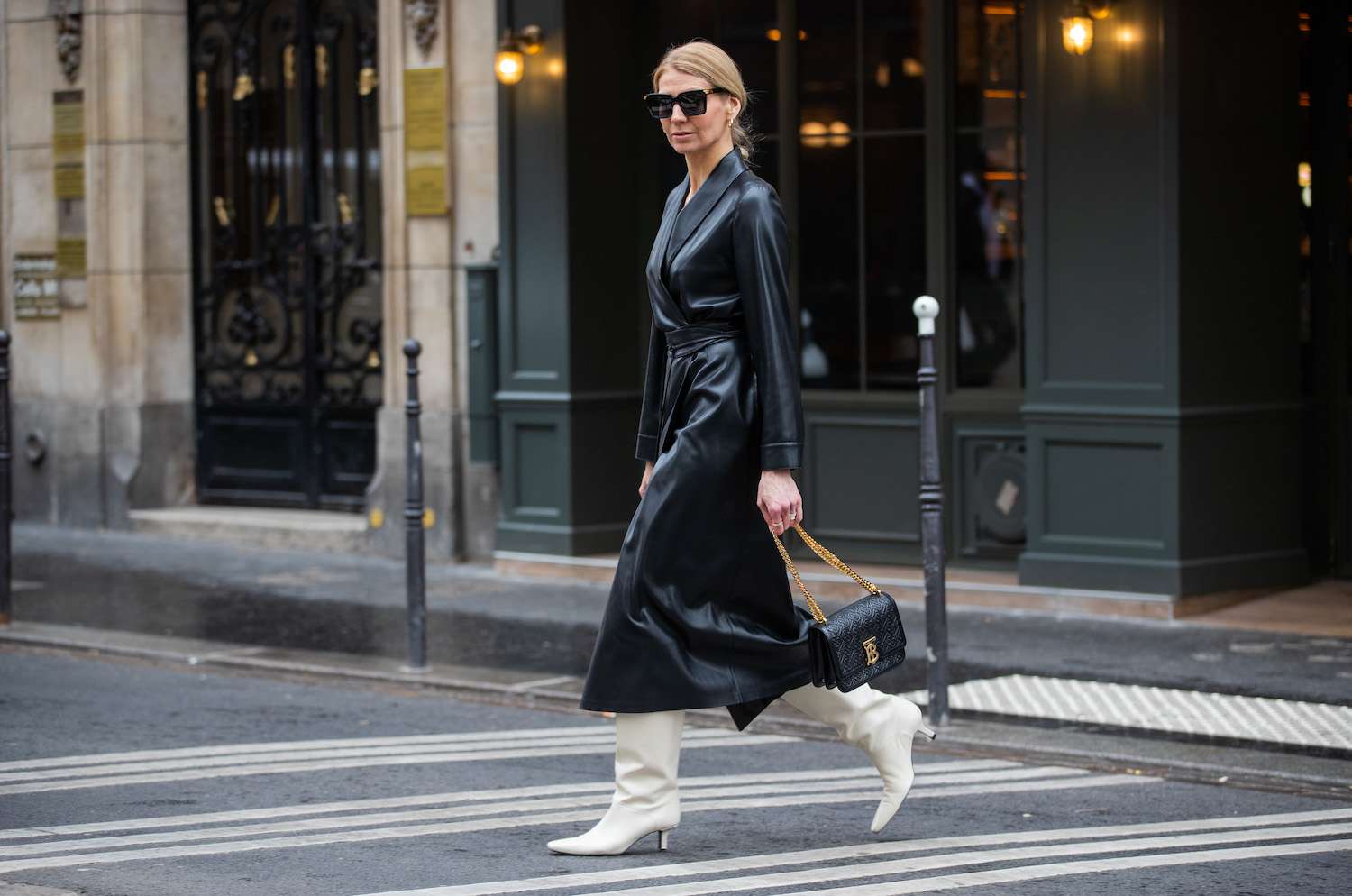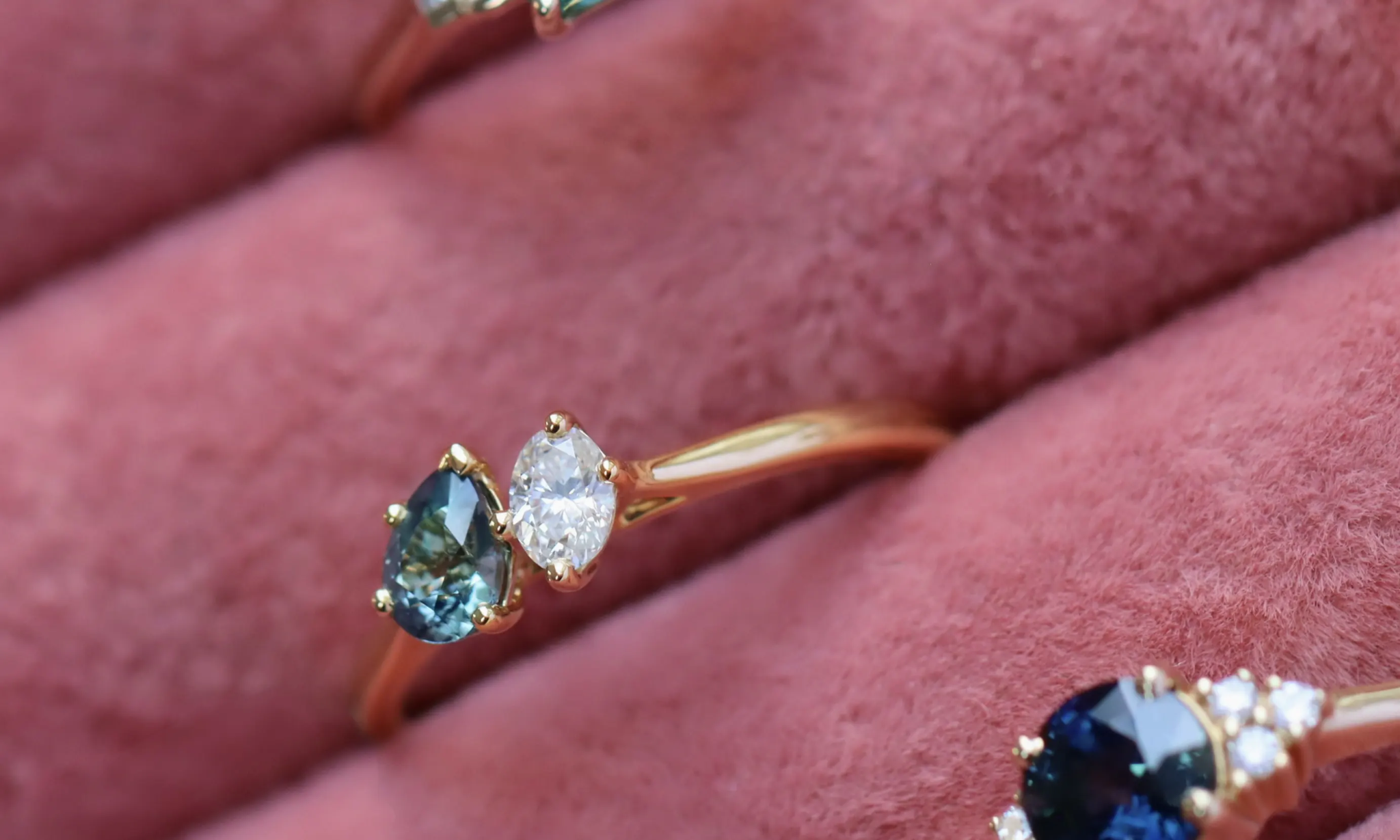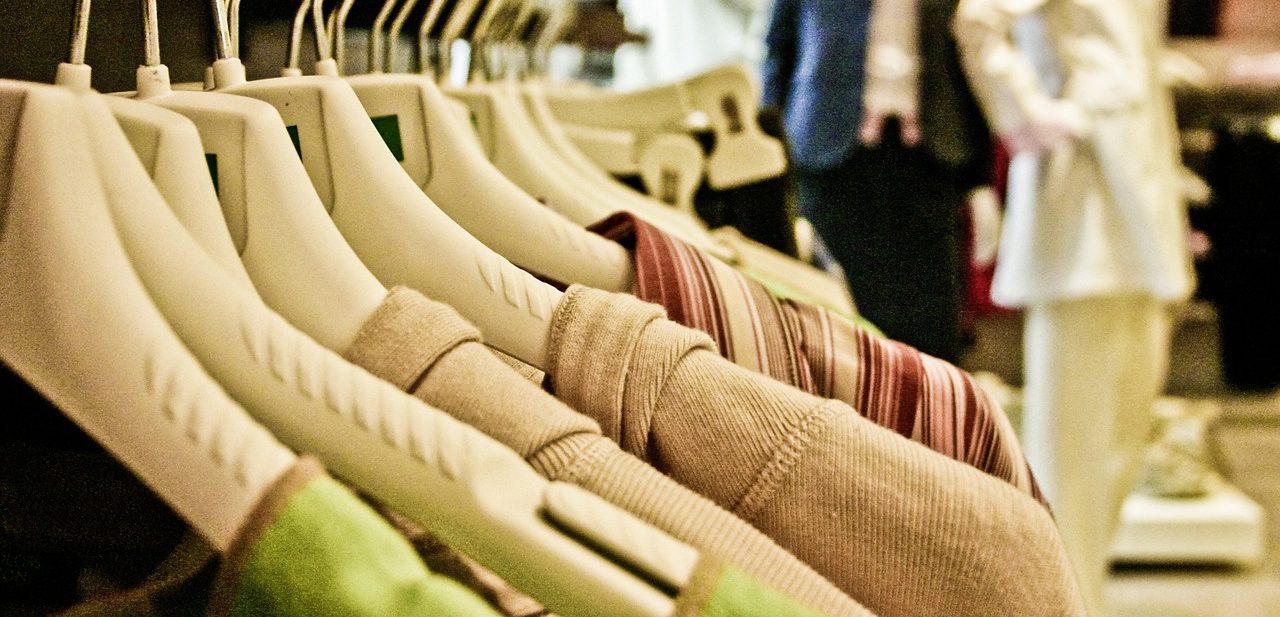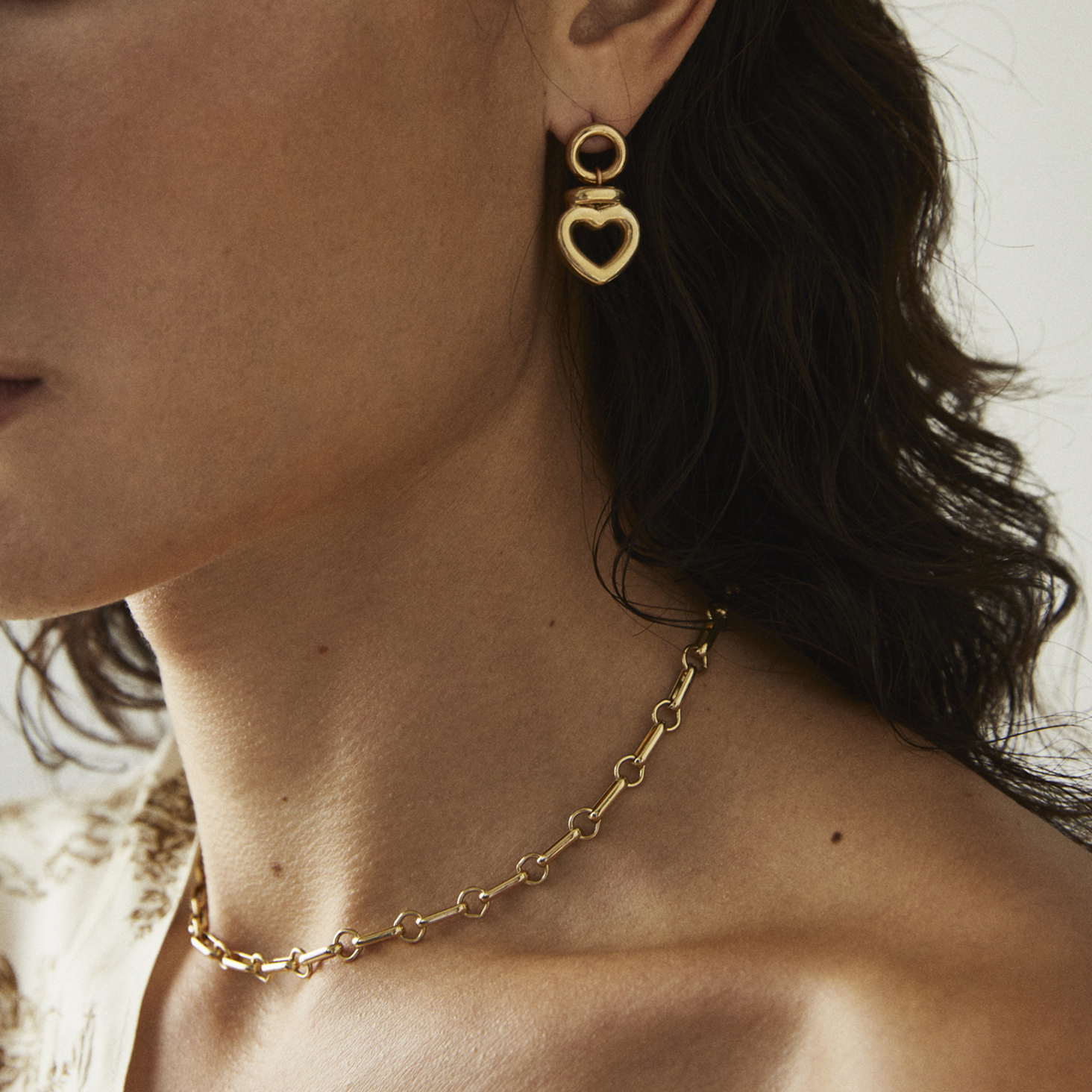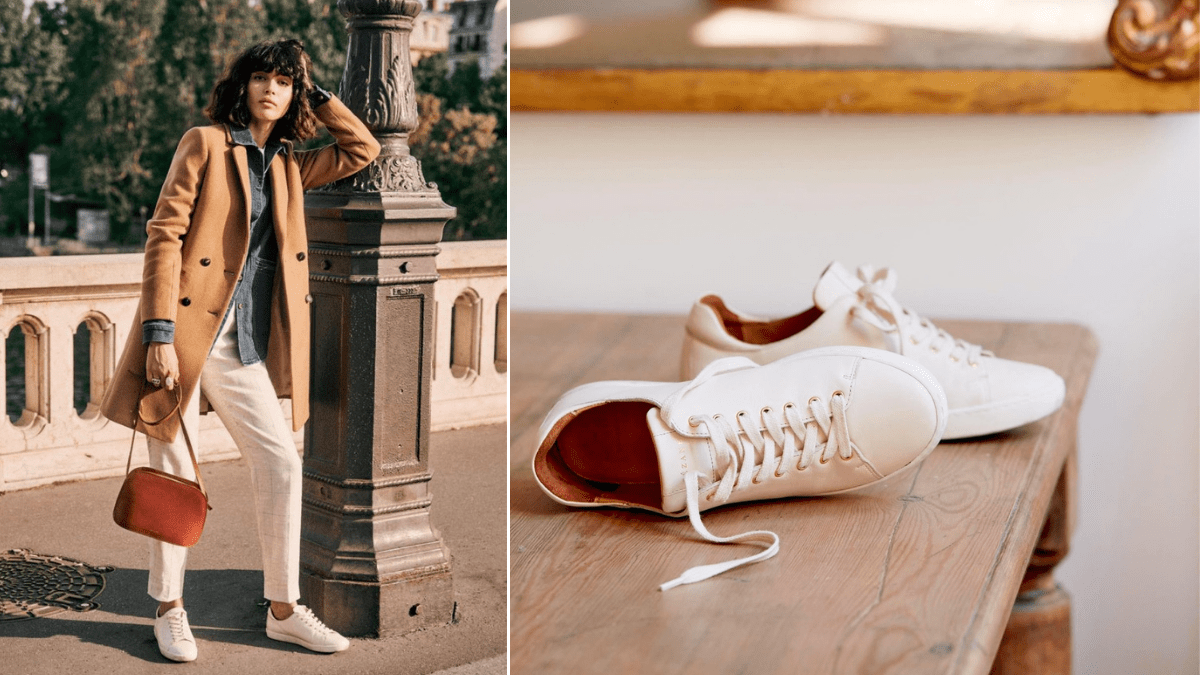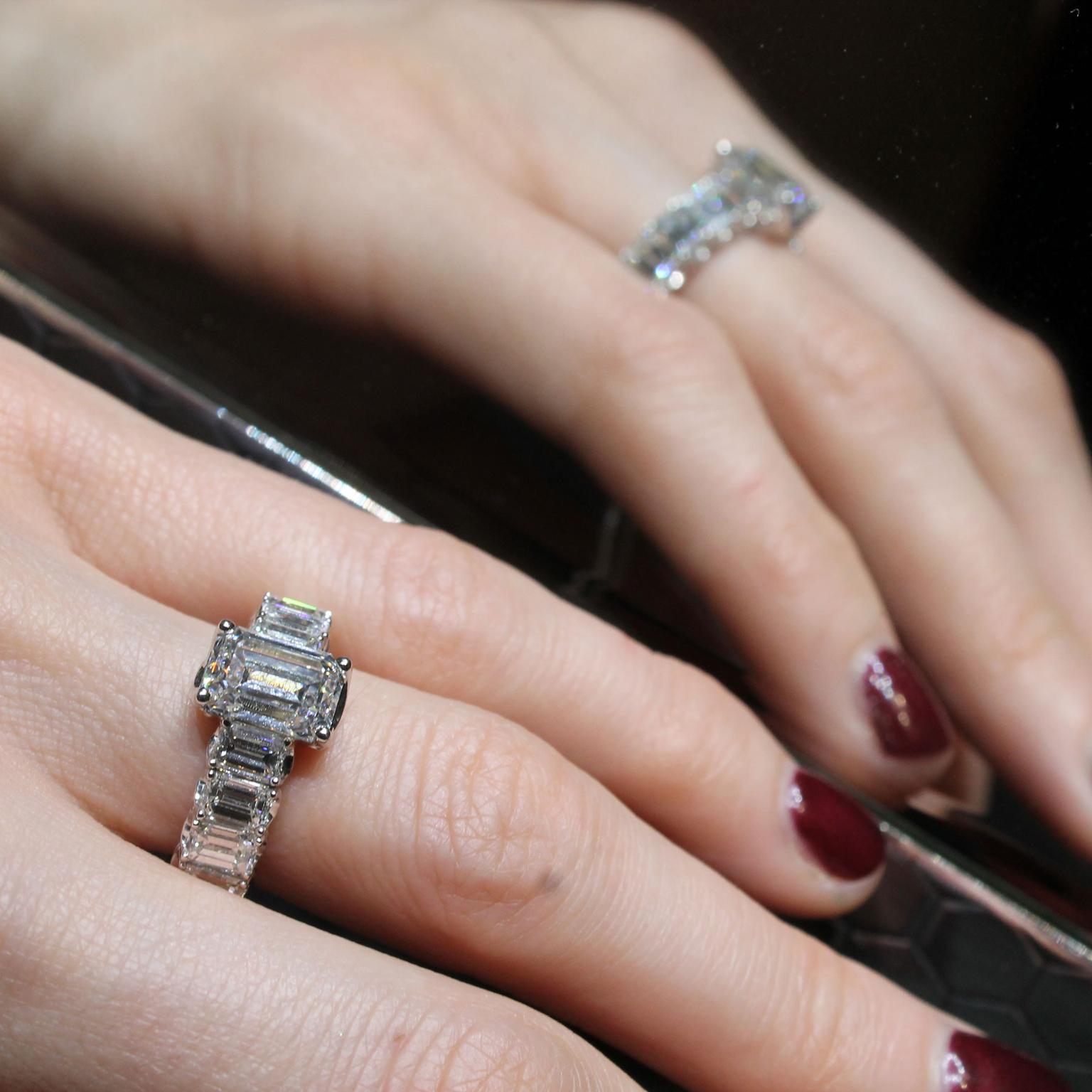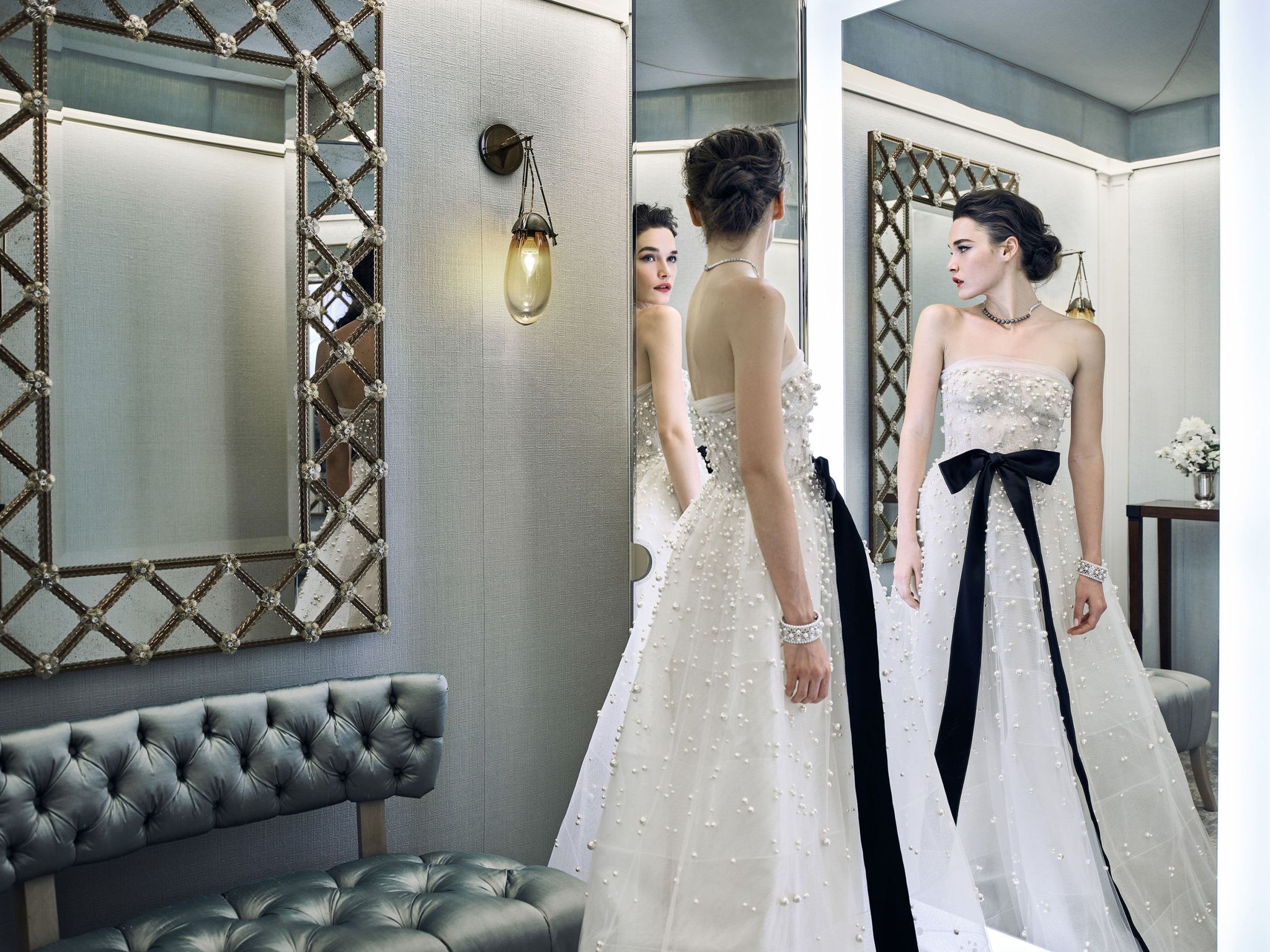—> A Forward-Thinking Guide for Fashion Marketers and Style Investors
Let’s Talk About Your Closet Like It’s a Stock Portfolio
Picture this: It’s 2035. You’re scrolling through your wardrobe like a seasoned Wall Street trader checks their stocks. You bypass the fast-fashion relics and land on that piece—your 2020s-era Loewe leather trench or those elusive Adidas x Gucci collabs. Jackpot. The resale market is offering three times what you paid.
This isn’t a fashion fantasy. This is fashion investment—the art (and science) of buying today what will be gold tomorrow.
And if you’re in fashion marketing, it’s time to tune in. Why? Because understanding the lifecycle of value in fashion isn’t just for collectors—it’s the next frontier of brand loyalty, storytelling, and consumer education.
So, What Becomes Valuable in the Fashion Time Capsule?
Let’s break it down, not like a trend list, but like a strategy session.
1. Limited Edition Collaborations – The Cultural Time Stamps
Think of the Louis Vuitton x Supreme drop of 2017. Now think about how often that red monogram hoodie resurfaces on The RealReal or Grailed with a price tag that rivals a mortgage payment.
Why they hold value:
- Scarcity (limited drops)
- Cultural relevance (they capture a moment)
- Collector interest (they’re modern artifacts)
Marketing takeaway: If you’re working with a brand, amplify the story. Create content that positions a collab not just as hype, but as a long-term fashion investment. Give it narrative legs that stretch beyond launch day.
2. Iconic Outerwear – The Forever Coats
Every generation has “the coat.” For us? Maybe it’s The Row’s perfectly tailored overcoat or Burberry’s reimagined trench with archival nods.
Why they hold value:
- Timeless cuts
- Luxurious fabrics
- Heritage craftsmanship
Story from the field: A stylist friend once scored a 1990s Prada mac coat at a consignment store for $400. She flipped it five years later for $1,500—because a Gen Z collector was hunting for “vintage Miuccia-era minimalism.”
3. Statement Sneakers – The New-Age Status Symbols
Gone are the days when sneakers were just gym gear. They’re cultural capital now. Think Travis Scott’s Air Jordan 1s or the Dior B23 high-tops.
Why they hold value:
- Sneaker culture is deeply archival now
- Celebrity co-signs drive demand
- Nike SNKRS-style scarcity creates resale heat
Fashion investment insight: The sneaker resale economy has outpaced many traditional luxury categories. If you’re in fashion marketing, this is the playground for Gen Z’s investment habits.
4. It-Bags with Narrative Power – Not Just Logos
Yes, the Hermès Birkin is a cliché. But have you noticed the Chanel 22 gaining traction as a future classic? Or Bottega’s Cassette weaving itself into fashion lore?
What gives bags lasting power:
- Signature silhouettes
- Narrative connection to an era or movement
- Materials and craftsmanship
The marketing angle: Brands should treat these bags like legacy assets. Behind-the-scenes videos on artisanship, archives of past models, and resale partnerships aren’t just fluff—they’re part of a fashion investment ecosystem.
5. Sustainable Originals – The Conscious Collector’s Choice
This is a newer category, but a powerful one. Early pieces from brands like Marine Serre, Collina Strada, or early Stella McCartney vegan leathers are being quietly hoarded.
Why they may become tomorrow’s treasures:
- They mark the shift toward ethical fashion
- Early-stage pieces from today’s changemakers = collector bait
- Low production runs = rarity
In marketing terms: Document sustainability with the same reverence you would couture craftsmanship. Because one day, that recycled patchwork denim dress might hang in a museum—next to McQueen.
The Mindset Shift: From Closet to Capital
Here’s the twist: Most people don’t think of their wardrobe as a portfolio. But with Gen Z and Millennials leaning into resale, upcycling, and value retention, the conversation is changing.
Resale isn’t an afterthought—it’s part of the purchase decision.
And for marketers? This is a goldmine. Educating consumers on which pieces are built to last and appreciate in value adds trust, depth, and emotional connection to every transaction.
What to Watch: Brands That Could Yield Gold in 10 Years
Keep an eye on:
- Wales Bonner – Already cult, headed toward classic.
- Jacquemus – If the brand matures into a heritage label, early pieces will become gold.
- Mugler (under Casey Cadwallader) – His vision is carving a new archive.
Closing Thought: Fashion Investment Isn’t Elitist. It’s Intentional.
Let’s redefine value in fashion. It’s not just about what sparkles—it’s about what lasts, what tells a story, what gets better with time.
As marketers, we have the power to shape consumer behavior—not toward overconsumption, but toward curation, meaning, and fashion investment as a form of self-expression.
So the next time you plan a campaign, drop a product, or style a shoot, ask yourself:
Will this piece still speak in 10 years? Or will it just be whispering from a landfill?
Choose the former. The future—your future closet—will thank you.
Ready to elevate your fashion marketing strategy with timeless appeal? Share this post with your team and start creating not just trends—but legacies.


